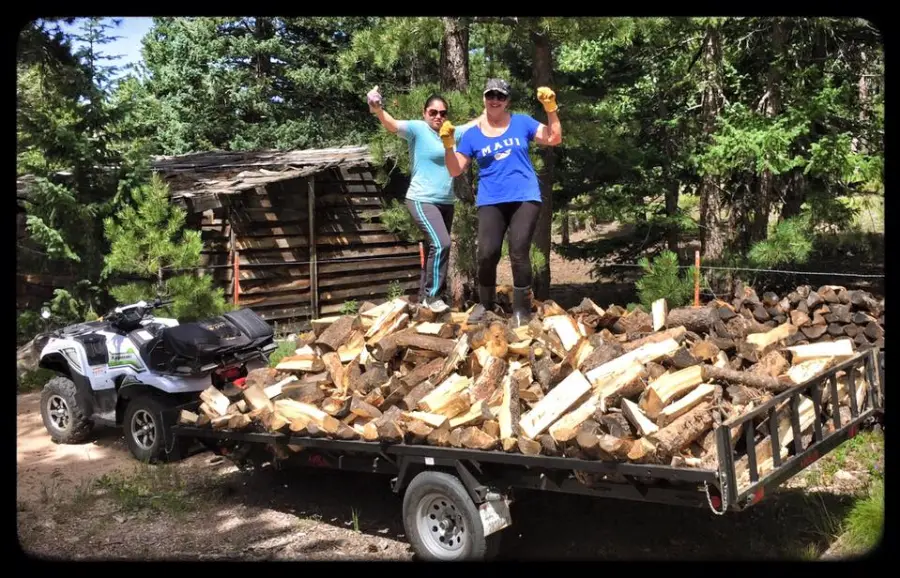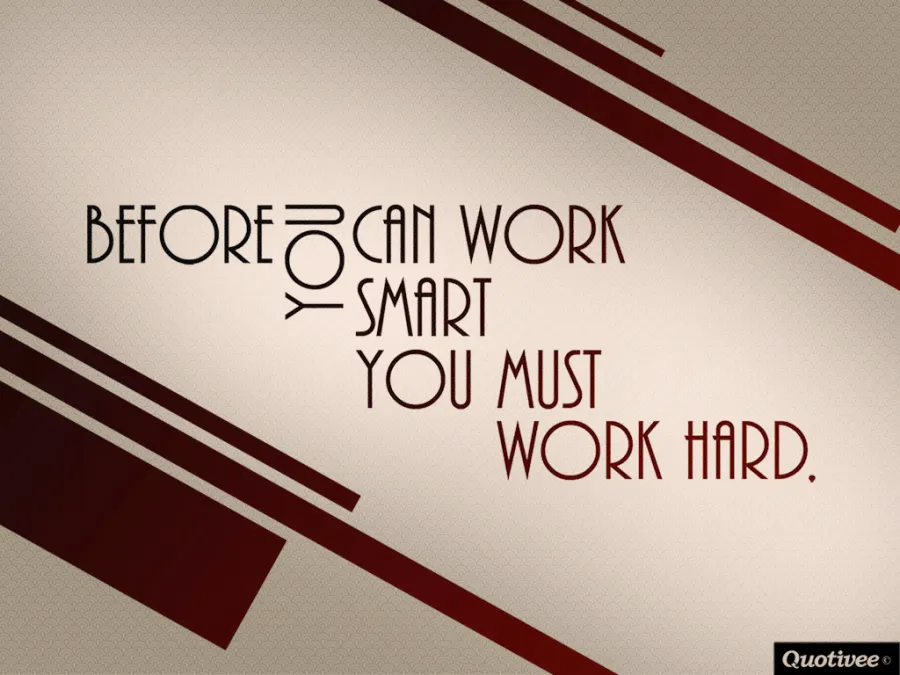
About eighteen years ago, I had an awesome idea. My boys were teenagers and we’d always bought firewood. It made sense to me that we could cut our own and actually make money.
I did some research on chainsaws, bought one, an extra chain, gas can, 2-cycle and chain oil and gloves. Since we had a trailer to haul the wood, we were ready to go. (Or so I thought). We got permission from several people we knew to cut mesquite trees on their land, so we planned our first outing.
Learnings on first time out:
After four hours of cutting, both chains were dull. Now what?
I learned there is a chain sharpener that you can run off the battery of the truck. And you can even leave the chain on (not running of course) and sharpen it. Jackpot. We bought it and used it and were able to get a full day of cutting firewood in. #continual_learning
We made it a family event. Melanie, Taylor, the boys and I all began to go out and cut firewood on the weekends. At any given time, we had from 6 to 10 ricks of wood cut.
One of our funniest memories of cutting firewood was one time Rod Smith wanted to join us, so we met him out in one of the fields where we cut firewood. If you knew Rod, this story would make perfect sense. We started out with Jared helping me and Travis helping Rod. Rod was like the Tasmanian devil cutting down trees so fast that Travis couldn’t keep up. We heard a loud crash, looked over at where they were, He’d cut a tree down and it fell right smack dab on top of his truck. Travis was just looking at us like; “can I get some help over here?” We’ve laughed about that many times over the years.
Now that we live in Colorado, we are back to supplying our own firewood again. Our property already had about 15 or so stacks of cut firewood on it, but it was just stacked where the tree was either cut down or fell. We now just split, haul, stack and cover our firewood.

I went out and bought the biggest axe I could find to split the wood. Another lesson when you have to split a bunch of firewood; you need a splitter. We could have never split all the wood we’ve burned the last two winters here by using an axe. (Unless you don’t have a fulltime job.) #continual_learning
We’ve learned at 8,300′ elevation that you need the wood close to the house and it must be covered. We learned this when we got our first 20+ inch snow. #continual_learning
To maintain a good fire over an entire day, you need a good mix of split smaller pieces of aged wood to start the fire, then you need to switch to larger pieces (whole if possible) that burn slower that will help the wood last a lot longer. Remember the purpose of the wood is to keep you warm not just burn it up. #continual_learning
Here are my business learnings from cutting firewood:
Theory is trumped by experience. (If you’ve never cut firewood before, I’ll pass on taking advice from you)

